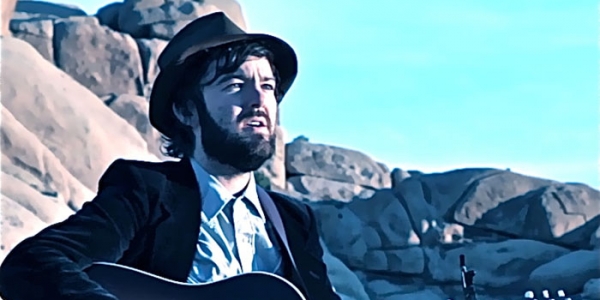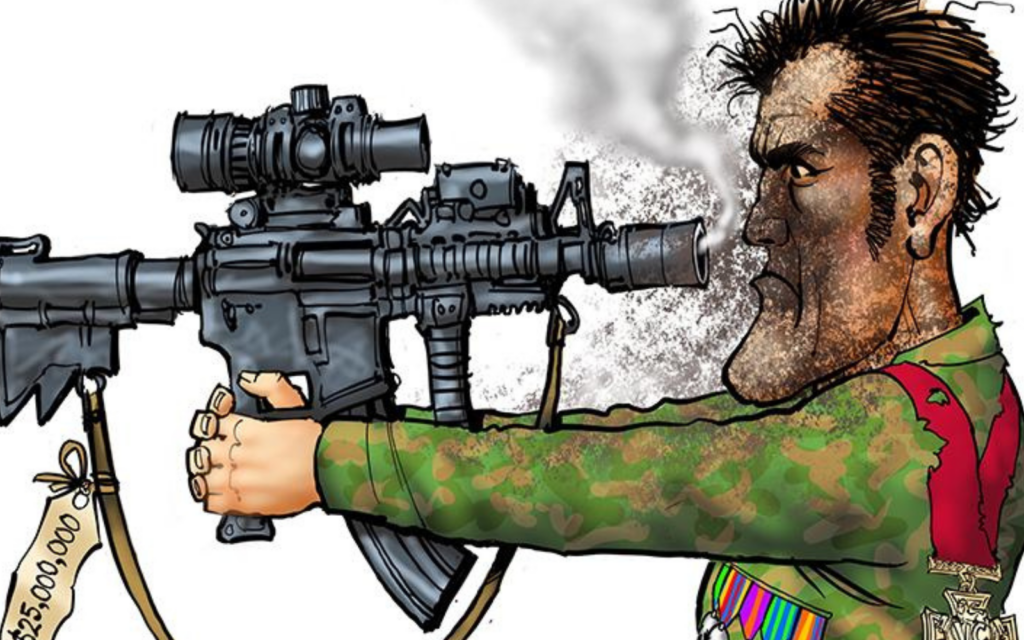In the early ‘70s, Parsons had hooked up with Keith Richards, providing the stylistic influences that would influence the Stones’ seminal Exile on Main Street. By his mid-‘20s, Parsons was struggling under the weight of alcohol and drug abuse; his bloated body an overweight shadow of his original trademark good looks. Finally, in 1973 Parsons succumbed to his addictions, overdosing on morphine and tequila in the Joshua Tree Motel in the Mojave Desert (the final chapter of Parson’s infamous existence came when friend Phil Kaufmann stole Parsons’ body to afford it a cremation in the desert).
Local musician Jordie Lane first came across Gram Parson in his teenage years, well before Lane realised the tragedy of Parsons’ life. “My best mate Josh, who I’d gone to primary and high school with, introduced me to Gram Parsons,” Lane says. “He always introduced me to something new each day. And one day he said, ‘I think you’re ready for this’ – I think it was Song For You. And I thought, ‘This guy’s got something so different’. There was something in his voice, a real fragile vulnerability.”
It wasn’t until a few years later that Lane began to serious appreciate Parsons’ music, when Lane realised the influence that Parsons had on contemporary country musicians such as Ryan Adams. “You listen to it now, and you wouldn’t necessarily say it was that far-out, psychedelic, but it did have a really cool slant on it,” Lane says. “I did hear about his influence on the Rolling Stones, and that made me really interested in him. But it wasn’t until much later when I learnt more about his life.”
By the time he headed over to the United States to record his second album, Sleeping Patterns, Lane was well aware of the Gram Parsons legend. Lane followed his interest in Parsons to its logical extreme, when he headed out into the California desert to the hotel where Parsons had spent his last hours. By chance, Lane was able to stay in the actual room where Parsons died, making use of various ad hoc instruments to record the album.
While appearing on radio to promote Sleeping Patterns, a station employee noted Lane’s interest in Parsons, and conveyed it to a producer looking for an actor to take on the part of Parsons in the local production of Grievous Angel, the play written by Michael Bate on the life of Parsons. “It was weird, it was random – as Gram would say, it was a spiritual connection. It just all came together,” Lane laughs. “I was doing a radio interview on a station that actually closed down a couple of days later. I was talking to Steve Vizard, and I think it was the producer’s receptionist who thought I’d be the right guy for the show. And at the same time Michael Bate had been approached about doing the show in Australia, and he’d come across me on the internet and was literally sending an email to them when they were sending an email to him. So it felt good that they were actually wanting me to do it,” Lane says.
Lane’s prior acting experience was limited to a show he did at the Comedy Festival in 2004 with his mother, Denise Scott, though Lane admits coming from a family steeped in the performing arts has helped. The show itself weaves aspects of Parsons’ life with his music. “There’s a lot of metaphors tied in with telling a dialogue story, and a dialogue story that helps to explain a song,” Lane says. “The premise is that it’s a show out at Joshua Tree the night before he dies. He tells his upbringing – and the play also deals with the alcohol and drugs in his life as well.”
While researching his role, Lane has had the opportunity to meet a few people who knew Parsons, including Bate – who was the last person to interview Parsons before his death – Parson’s daughter Polly and the legendary groupie Pamela Des Barres. “She was very open talking about his mannerisms – in public, he was out to make an impact,” Lane says. “He was blending that country and rock’n’roll fashion sense as well. But Pamela said he was really gentle as well, a real southern gentleman – probably especially with the ladies!” Lane laughs. “And with the interviews with Michael you get a sense that Gram was slightly bitter that all these other people were gaining success, and he really hated record labels because they didn’t understand what he was trying to do. There’s definitely an element of not really getting there.”
While the classic image of Parsons – slim, handsome and clad in his trademark Nudie Suit – was long gone by the time Parsons left this mortal coil, Lane says he’s sure Parsons would still be a creative force had he survived another 40 years. “I’m not sure what he’d be doing right now, but I’m sure it’d be out there,” Lane says. “It’d probably still have those country and psychedelic elements, and maybe a bit of electronica too.”
BY PATRICK EMERY







